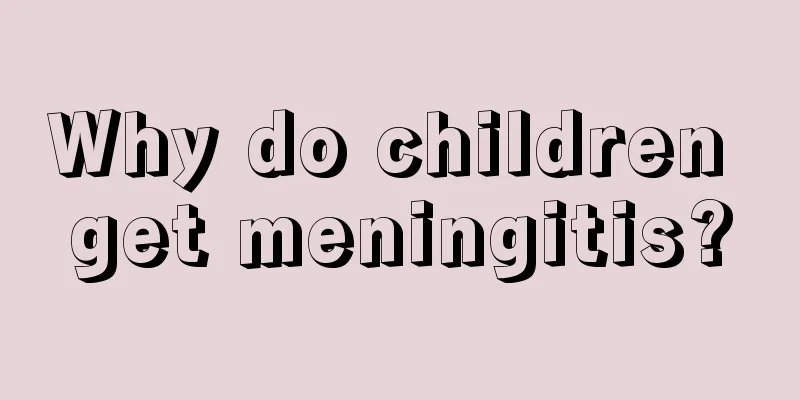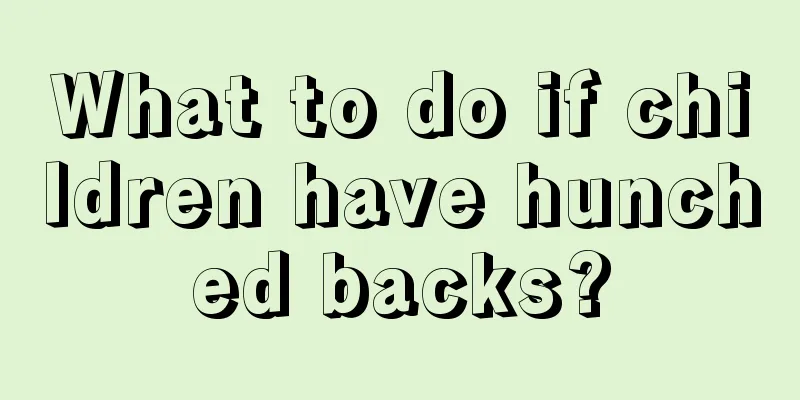Why do children get meningitis?

|
When meningitis occurs in children, it is easy for the brain nerves to be burned and even cause the child's death. Therefore, when a child is diagnosed with meningitis, it is recommended that mothers take their children to the doctor in time to minimize the severity of the disease. However, children suffer from meningitis mainly because the meninges are infected by bacteria and spread through saliva. I hope we can understand the cause of the disease better. Bacteria that cause meningitis are very common. Many people, including children and adults, become infected with these bacteria without experiencing any symptoms of illness. These bacteria live harmlessly in the nose or throat, and these people are called healthy carriers, and are the source of most infection spread compared to those who look visibly sick. People can only spread diseases through close, direct contact, such as kissing, coughing or sneezing. The disease can also be spread through saliva or by sharing food, cups, water bottles, cigarettes, lipstick, toothbrushes or mouthpieces. Fortunately, bacteria die quickly outside the body, making them not very contagious. Children under 2 years old are most at risk for meningococcal and pneumococcal infections. People aged 15 to 24 who develop meningococcal infection are at slightly increased risk. Other risk factors include a compromised immune system or having a child with sickle cell disease or another chronic illness. Infants under 1 year old typically have a fever and become irritable. They may have trouble feeding and become sleepy. They may vomit, have a stiff neck, or have a swollen fontanelle (the soft part of the baby's head). In older children, early symptoms of meningitis are fever and major changes in behavior, such as drowsiness, decreased consciousness, crying or excitement. Other symptoms include severe headache, pain when turning the head or a stiff neck, general malaise and seizures. About two-thirds of children with meningococcal meningitis develop a rash of red spots that do not go away or turn white when pressed and that grow large and spread quickly. Without treatment, especially with antibiotics, all children with meningitis will die or suffer lasting damage. Even with treatment, about one in 20 children cannot be cured, and many survivors have some form of brain damage. |
<<: What causes synovitis in children?
>>: How to treat synovitis in a two-year-old baby
Recommend
Baby has diarrhea and hasn't urinated
Diarrhea is one of the most common symptoms in ba...
What is the best treatment for cerebral palsy in children?
Children with cerebral palsy have become a diseas...
The mother's many foolish actions hurt the baby
Mothers all want to feed their babies to be smart...
What is the reason for a child's belly button to be red?
Sometimes the baby's belly button turns red, ...
Why does my baby always fall down when walking recently?
Babies usually fall when they walk. In fact, it i...
What to do if your child has less hair
In fact, parents should know in time if their chi...
How to bask in the sun when you have high jaundice
We all know that the birth of a baby will bring a...
How to treat inverted nipples in girls?
The problem of inverted nipples usually occurs in...
What tests should be done to determine the fetal position?
Although doctors can determine the baby's spe...
What are the sequelae of febrile seizures in children?
Children will experience convulsions when they ha...
What is the standard temperature for newborns?
As we all know, body temperature standards play a...
Red pimples on the child's face
Children's skin is delicate and their body re...
Do children need to take a bath every day?
As winter approaches, the weather is getting cold...
Why does the baby sweat and smell?
The healthy growth of the baby is what parents ho...
What toothpaste is best for children?
What kind of toothpaste is better for children? W...









